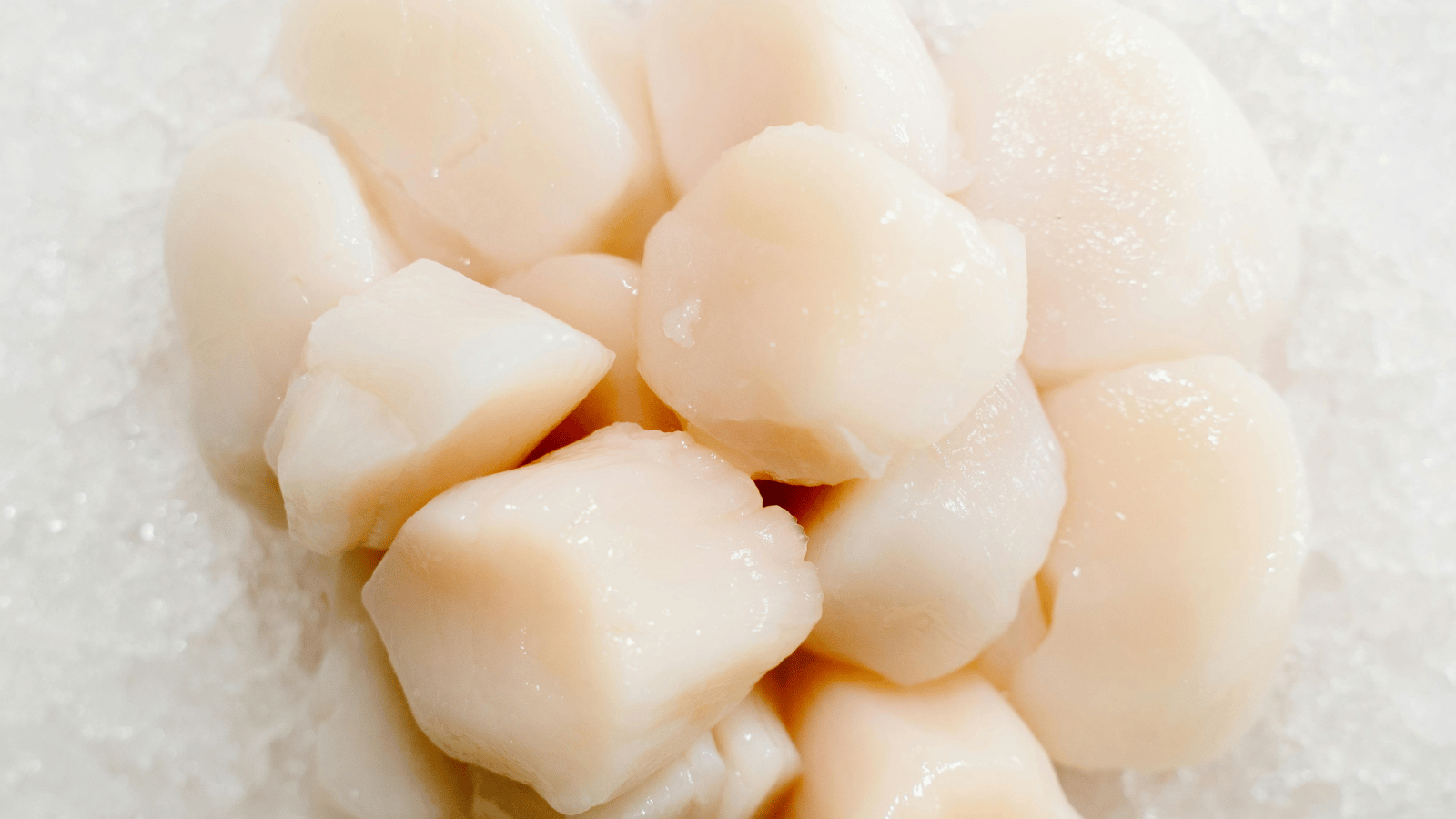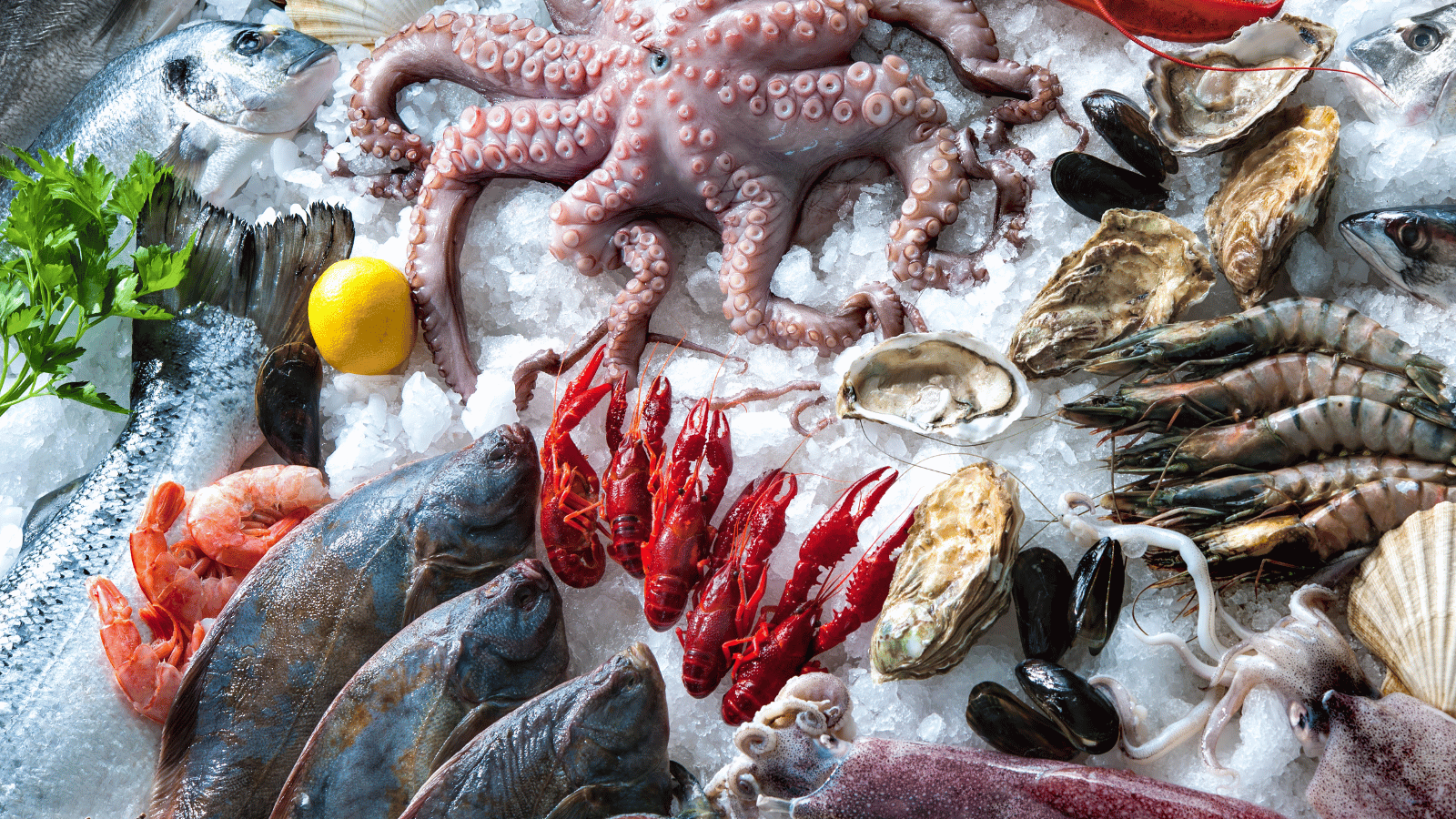The Secret to Seafood Displays That Drive Sales
In Florida, seafood practically sells itself. From fresh-caught Gulf shrimp to snapper and scallops, operators have access to a seafood bounty that’s the envy of much of the country. Showcasing that freshness isn’t just a way to entice customers; it is a sales strategy. When done right, a beautiful seafood display builds trust, increases perceived quality, and drives impulse purchases. But it also brings some challenges.
Without using the proper ice and equipment, seafood can spoil quickly and present serious safety risks. Even worse, a sloppy display can actually deter customers.
That’s why it’s critical for operators, whether in grocery stores, seafood shops, restaurants, or resorts, to understand how to show seafood safely, cleanly, and visually.
Seafood Safety 101: Temperature, Containment, and Clean Ice
Seafood is one of the most perishable food categories, which means the way it’s stored can have immediate safety consequences. The goal is to keep it at 32°F using clean, food-safe ice, but temperature alone isn’t enough.
Standing meltwater breeds bacteria and increases the risk of cross-contamination, so it is essential to use bins or trays that allow for proper drainage.
Ice used for seafood displays should never come from bins that have ice used for beverages or that stores other products. It needs to be produced, handled, and dispensed in a way that prevents hand contact and exposure to airborne contaminants. Whether whole or prepped, maintaining clean ice contact and containment ensures safety and compliance.
Choosing the Right Ice for the Job

Not all ice is created equal. Flake ice is the gold standard for seafood displays. Its fine, soft texture allows it to mold around seafood and create an even, insulating layer. This helps keep the product cold without impacting the seafood's structure, like other shapes of ice.
Cube ice may look nice, but it lacks the flexibility to support seafood in varied shapes and sizes. It also creates pockets of warm air that reduce holding time. Nugget ice can be a better option for some applications, but it tends to melt faster and doesn’t conform as well as shaved ice does.
Flake ice’s compact structure also makes it easier to shovel and move, making it ideal for replenishing throughout the day.
Visual Merchandising That Sells
Seafood is often a centerpiece item, so its presentation matters. A messy, melting pile doesn’t just turn customers off. It sends the wrong message about freshness. A thoughtfully laid out display, on the other hand, makes seafood look premium and worth the price.
Operators should use ice to build structured “beds” that elevate seafood. This can be done with gentle slopes or risers to make everything from shrimp to snapper easier for both the customer and staff to see and select. Creating depth and laying out each type of seafood by size or type helps guide the eye and simplifies selection.
Adding garnishes like lemon wedges, parsley, or edible seaweed can also add a contrast that suggests care and quality.
Equipment Solutions for Florida Seafood Displays
The right equipment is essential for a standout seafood display. Operators looking for safe, scalable solutions should consider equipment that supports both aesthetics and function.
Follett offers a wide range of flake ice machines and dispensers designed for food retail. Their ice transport and dispensing bins help staff move large volumes of clean flake ice without cross-contamination. Their systems are ideal for seafood counters where hygiene and efficiency are equally important.
Icetro machines are another strong option for foodservice teams that need flake ice for high-volume locations. Their modular units provide consistent production with a smaller footprint, which is perfect for tight prep areas or mobile seafood carts.
Together, these solutions give Florida operators everything they need to safely display seafood in a way that captures attention, keeps food fresh, and supports excellent customer service.




